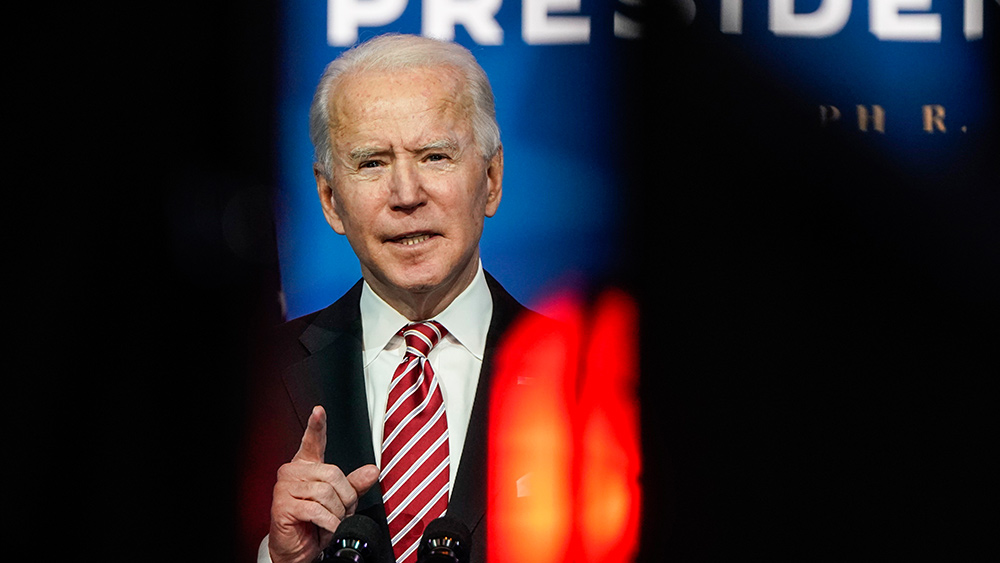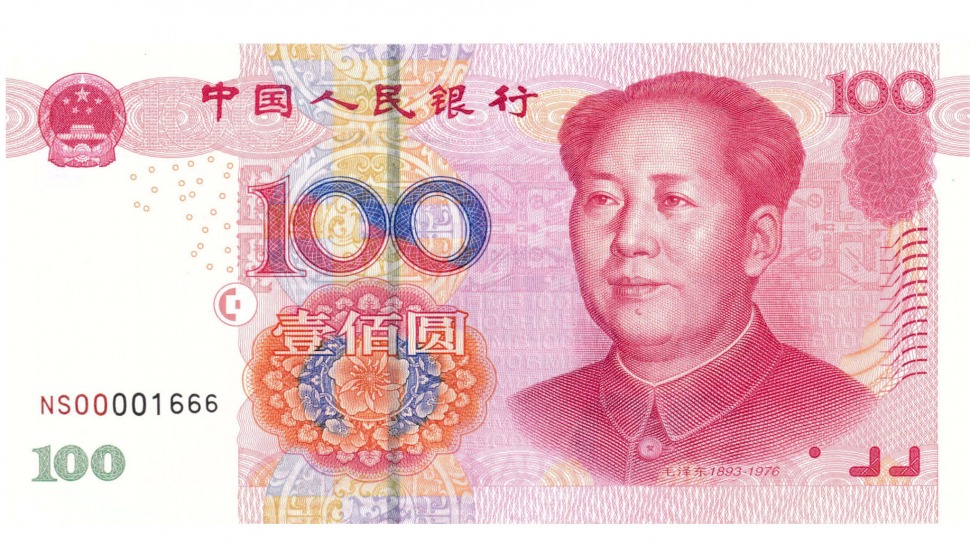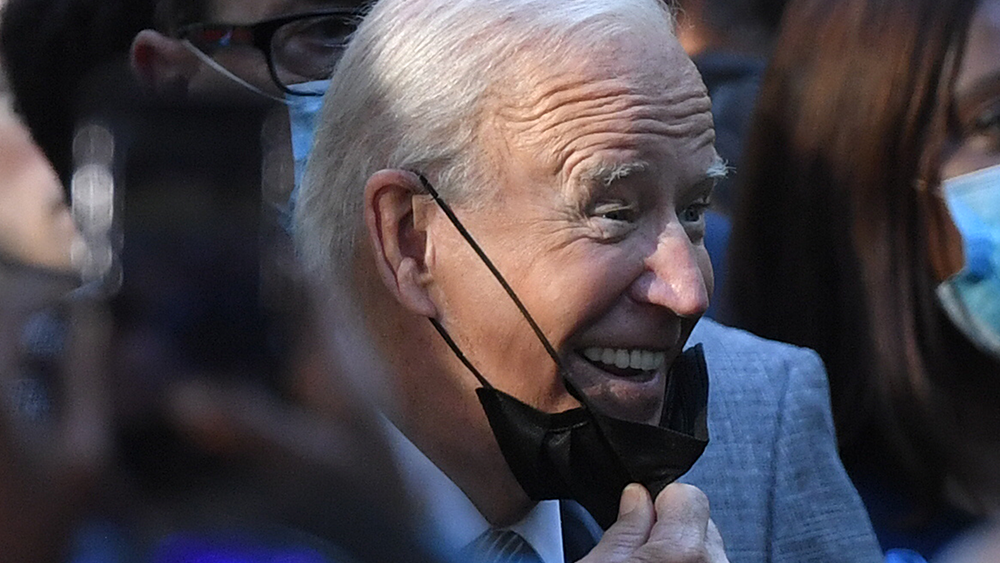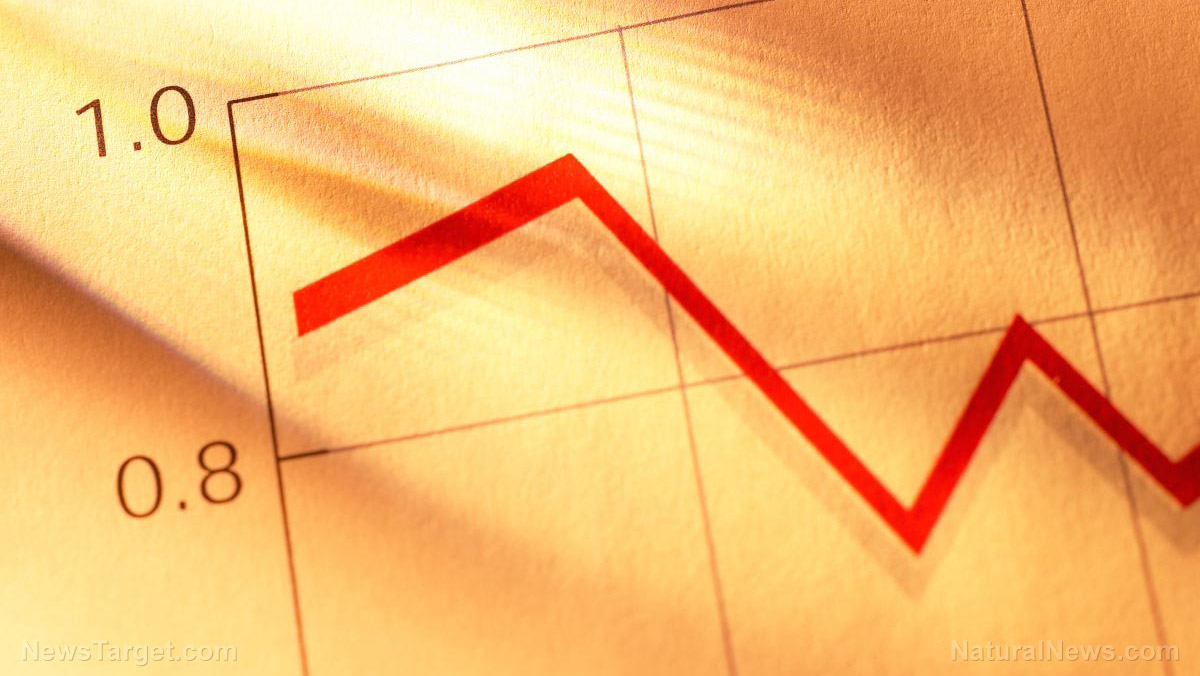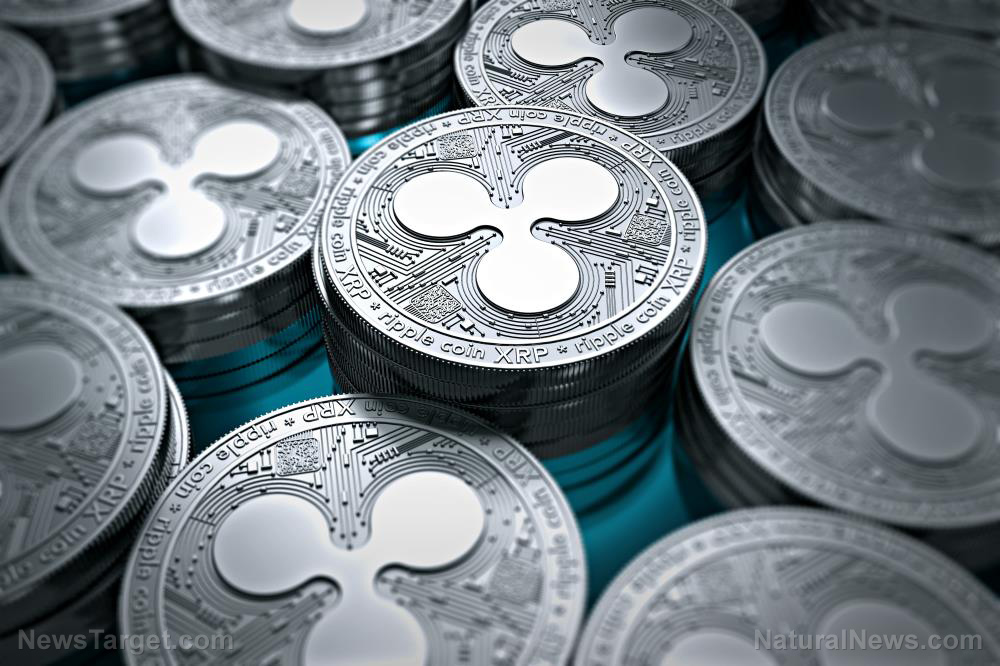Extended global supply shortage seen as China’s factories squeezed
06/03/2021 / By Nolan Barton

A factory of Huizhou Baizhan Glass Co. Ltd., maker of glass lamp shades for companies including Home Depot Inc., is being stretched to its limits with sales doubling their pre-pandemic level. But the company based in the southern Chinese province of Guangdong, which makes about $30 million in annual revenue, doesn’t plan to expand operations.
According to Eric Li, the company’s owner, surging prices of raw materials means “margins are compressed.” With the global economic recovery still uneven, “the future is very unclear, so there is not much push to expand capacity,” Li said.
Chinese manufacturers are absorbing significant cost pressures from rising commodity prices and the rest of the world is feeling the inflationary impact. (Related: Supply shortages drive inflation to record levels.)
Longer periods of domestic growth and control over input prices will be needed before capacity expansion is on the cards for manufacturers like Li. While his company of 200 workers took on new permanent staff before the coronavirus (COVID-19) pandemic, for now, he’d rather pass the risks of investment on to others.
“I wouldn’t do that now, I would rather hire some temporary workers and outsource the rest,” he said.
The reticence among Chinese manufacturers could slow the pace of China’s economic growth this year and prolong a shortage of goods being felt around the world as demands pick up.
Chinese manufacturing investment from January to April was 0.4 percent below the same period in 2019, according to official statistics (comparing to 2019 strips out the distortion of last year’s pandemic data). This was attributed to the combination of higher input prices, uncertainty about export prospects and a weak recovery in domestic consumer demand.
Due to the vast size of China’s manufacturing sector, that slight dip poses a risk both to the country’s growth and to a global economy that’s grappling with supply shortages and rising prices.
Citigroup Inc.’s China economist Li-gang Liu said the weaker-than-expected investment could have a “sizable” impact on gross domestic product (GDP) growth this year. Lower investment may dent imports of capital goods and equipment from developed economies like Japan and Germany, “which in turn could drag their economic recovery and rebound as well,” he explained.
Chinese manufacturers face lots of bumps on road to recovery
Anhui HERO Electronic Sci & Tec Co. Ltd., which is based in the eastern province of Anhui, is one of those companies feeling the squeeze. The company manufactures capacitors used to make electronic circuits, with sales mainly in the domestic market.
Jing Yuan, the company’s founder, said orders are up as much as 30 percent year on year, but profits are down 50 percent due to increasing materials costs that are not easily passed onto clients. The company is under “huge cash pressure” as it needs to pay half a month in advance of delivery in order to secure copper and other metals, which it previously paid for months after receiving.
Companies like Anhui HERO Electronic need a more stable domestic consumer spending to sustain their post-pandemic recovery. While some export-oriented sectors have been pushed to their limits, large amounts of slack remain for manufacturers targeting Chinese consumers due to subdued domestic demand.
Transport bottlenecks are also a challenge for export-oriented manufacturers.
Gordon Gao, who exports gardening products from China, said that he has had to reject 80 percent of orders this year due to port delays. In one case, an order placed before mid-February could only be shipped three months later when a client finally secured a container.
Manufacturers in China are also dealing with material shortages. (Related: Supply shortages are leading to price hikes, worsening inflation.)
Chinese electric vehicle maker NIO Inc. suspended production at one of its factories last month due to a shortage of microchips while Modern Casting Ltd., which makes iron and steel products in Guangdong, issued a note to clients this month saying it would not be able to meet its current orders due to high raw material costs.
Shortages are a worldwide problem
The world is seemingly low on everything these days.
“You name it, and we have a shortage on it,” said Tom Linebarger, chairman and chief executive of engine and generator manufacturer Cummins Inc.
Girteka Logistics, Europe’s largest fleet of trucks, is struggling to find enough capacity. Monster Beverage Corp. of Corona, California, is dealing with an aluminum can scarcity. Hong Kong’s MOMAX Technology Ltd. is delaying the production of a new product because of a shortage of semiconductors.
The semiconductor shortage has already spread from the automotive sector to Asia’s highly complex supply chains for smartphones.
“The semiconductor shortage will severely disrupt the supply chain and will constrain the production of many electronic equipment types in 2021,” Kanishka Chauhan, principal research analyst at Gartner said in a mid-May report on the situation. “Foundries are increasing wafer prices, and in turn, chip companies are increasing device prices.”
The shortage is expected to cost the global automotive industry $110 billion in revenue this year.
Follow Bubble.news for more news and information related to the economy.
Sources include:
Tagged Under: automotive industry, chaos, Collapse, coronavirus, covid-19, domestic consumer, economy, global economy, material shortages, pandemic, post-pandemic recovery, pre-pandemic levels, raw materials, semiconductor shortage, shortages, supply chain, supply shortages
RECENT NEWS & ARTICLES
COPYRIGHT © 2017 RISK NEWS

